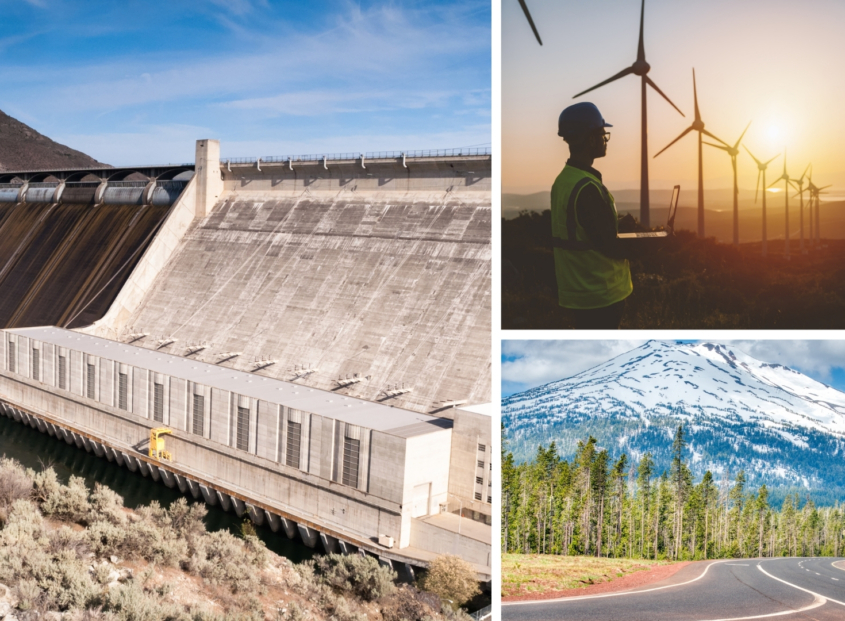Powering Progress: Trends Reshaping the Pacific Northwest Electrical Industry
The demand for electricity in the Pacific Northwest is expected to grow up to 25% over the next decade. That means fast-paced changes in the electrical power industry. Take a look at the top three trends driving the industry forward.
3 Growing Trends in the Electrical Industry
The electrical industry is undergoing exciting new changes focusing on innovation and sustainability. Stay ahead of the curve and learn more about what’s on the horizon, below.
1) Renewable Energy Integration
The growth in solar panels, wind, and hydroelectric energy creates exciting opportunities in the electrical industry. The PNW electrical industry is leading the charge in sustainable energy sources. According to EIA.gov, Washington produces more hydroelectric power than any other state and was responsible for one-tenth of total renewable-sourced utility-scale electricity nationwide in 2022. Wind power supplied nearly 8% of Washington state’s power.
In Oregon, more than two-thirds of net electricity comes from renewable energy. Plus, state programs incentivize businesses, agricultural enterprises, and residences to commit to renewal sources. 2023 data from the Oregon Department of Energy shows 1,472 projects received solar energy rebates and 13 construction grants for renewable energy upgrades. It’s clear across the PNW that our electric power industry is rapidly evolving to incorporate sustainable options.
2) Electrification of Transportation
Speaking of sustainability, electric vehicles are hitting the road in droves. 2023 saw a major uptick in EV drivers, with a 35% increase in sales compared to 2022. People are choosing electric vehicles to save anywhere from $8,000 to $12,000 in lifetime maintenance costs, in addition to saving on fuel costs. As the number of EVs increases, so does the demand for charging stations and grid upgrades.
For workers and contractors in the electrical field, the rise of transportation electrification means more job opportunities. Based on information from the U.S. Bureau of Labor Statistics, job offerings for EV-trained electricians are expected to reach 79,000 openings per year over the next decade.
3) Natural Gas Industry Commodification
In the Pacific Northwest, there have been significant changes in the gas industry. The natural gas industry plays a significant role in shaping the dynamics of the electrical industry, affecting energy generation, market competitiveness, infrastructure development, environmental policies, and the interdependence between these two sectors.
Currently, gas-powered plants effectively harness gas as a fuel for electricity, enabling cost-effective energy production. In Washington, 12.5% of all electric-generating power stations are natural gas-fired. In Oregon, that number reaches 33.7%.
Electric infrastructure takes off as electricity becomes more affordable, which means more careers in the electrical sector.
Discover the impactful difference membership can make.
NECA members gain access to new technology and safety compliance assistance, important industry resources, employee education credits, and more.
IBEW members have access to continuing education and training opportunities, job placement assistance, career development resources, and more.
We invite you to learn about the NECA/IBEW Local 48 partnership and membership.



